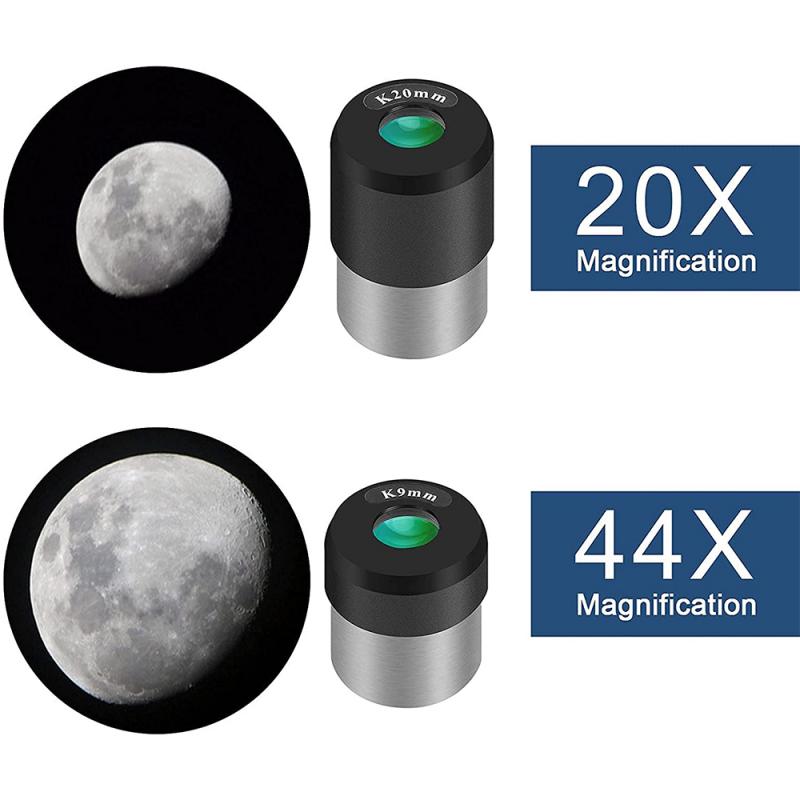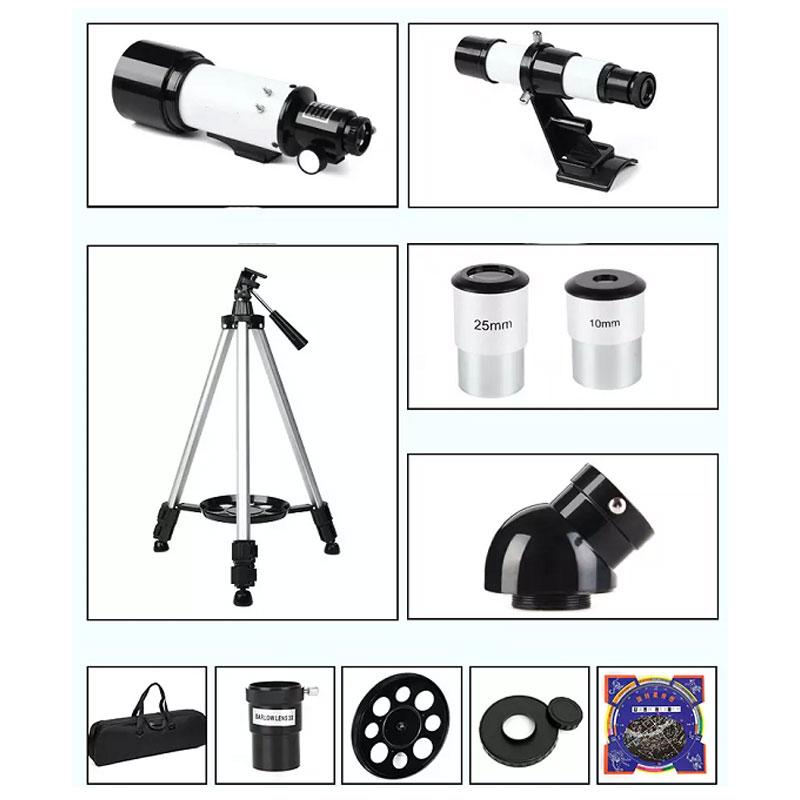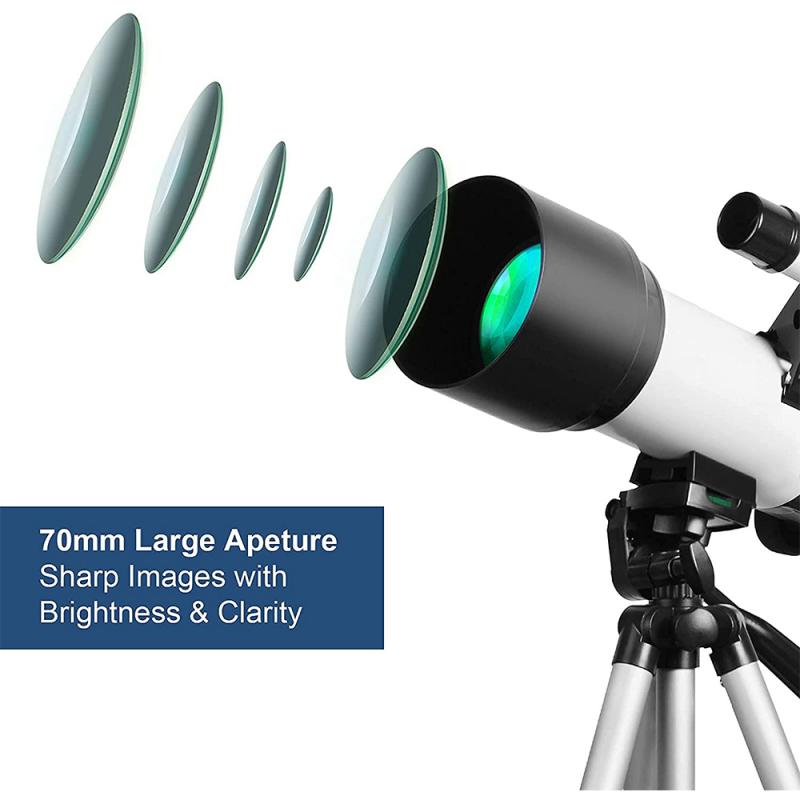How To Clean Telescope Lens?
Cleaning a telescope lens is a task that requires precision and care to ensure the longevity and performance of your optical instrument. Whether you are an amateur astronomer or a seasoned stargazer, maintaining the cleanliness of your telescope lens is crucial for clear and sharp observations. In this article, we will delve into the best practices for cleaning your telescope lens, the tools you will need, and the steps to follow to achieve a spotless lens without causing any damage.
Understanding the Importance of a Clean Telescope Lens

A clean telescope lens is essential for several reasons. First and foremost, any dust, dirt, or smudges on the lens can significantly degrade the quality of the images you observe. This can lead to blurry or distorted views, making it difficult to enjoy the celestial wonders. Additionally, accumulated dirt and grime can cause long-term damage to the lens coating, which is designed to enhance light transmission and reduce reflections. Therefore, regular cleaning and maintenance are vital to preserve the optical performance of your telescope.
Tools and Materials Needed for Cleaning

Before you begin the cleaning process, it is important to gather the necessary tools and materials. Here is a list of items you will need:
1. Lens Cleaning Solution: A specialized lens cleaning solution is recommended. Avoid using household cleaners or alcohol, as they can damage the lens coating.
2. Lens Cleaning Tissues or Microfiber Cloth: These are designed to be gentle on optical surfaces and will not scratch the lens.
3. Air Blower: A manual air blower is useful for removing loose dust and debris from the lens surface.
4. Soft Brush: A soft, anti-static brush can help dislodge particles that are stuck to the lens.
5. Cotton Swabs: These can be used for precision cleaning in hard-to-reach areas.
Step-by-Step Guide to Cleaning Your Telescope Lens

Step 1: Assess the Lens Condition

Before you start cleaning, take a close look at the lens to determine the extent of the dirt and debris. Use a flashlight to illuminate the lens surface and identify any smudges, fingerprints, or dust particles. This will help you decide the level of cleaning required.
Step 2: Remove Loose Dust and Debris
Use the air blower to gently blow away any loose dust and debris from the lens surface. Hold the blower a few inches away from the lens and use short bursts of air. Avoid using compressed air cans, as they can release propellants that may damage the lens.
Step 3: Use a Soft Brush
If there are still particles on the lens after using the air blower, use a soft brush to gently sweep them away. Make sure the brush is clean and free of any contaminants. Brush in a circular motion, starting from the center of the lens and moving outward.
Step 4: Apply Lens Cleaning Solution
Dampen a lens cleaning tissue or a microfiber cloth with a small amount of lens cleaning solution. Do not apply the solution directly to the lens, as this can cause it to seep into the edges and damage the internal components. Gently wipe the lens in a circular motion, starting from the center and moving outward. Avoid applying too much pressure, as this can scratch the lens.
Step 5: Precision Cleaning with Cotton Swabs
For any stubborn spots or hard-to-reach areas, use a cotton swab dampened with lens cleaning solution. Gently dab the affected area and then wipe it clean with a dry part of the swab. Be careful not to leave any fibers or residue on the lens.
Step 6: Final Inspection
After cleaning, inspect the lens under a bright light to ensure that all dirt and smudges have been removed. If necessary, repeat the cleaning process until the lens is completely clean.
Tips for Preventing Lens Contamination
While regular cleaning is important, preventing contamination in the first place can save you a lot of effort. Here are some tips to keep your telescope lens clean:
1. Use Lens Caps: Always cover your telescope lens with a lens cap when not in use. This will protect it from dust and accidental smudges.
2. Store Properly: Store your telescope in a clean, dry place. Use a dust cover or a storage case to protect it from environmental contaminants.
3. Handle with Care: When handling your telescope, avoid touching the lens with your fingers. Use gloves if necessary to prevent fingerprints.
4. Regular Maintenance: Perform regular maintenance checks on your telescope to ensure that all components are clean and functioning properly.
Common Mistakes to Avoid
When cleaning your telescope lens, it is important to avoid common mistakes that can cause damage. Here are some pitfalls to watch out for:
1. Using the Wrong Cleaning Solution: Avoid using household cleaners, alcohol, or ammonia-based solutions. These can damage the lens coating and reduce optical performance.
2. Applying Too Much Pressure: Applying excessive pressure while cleaning can scratch the lens surface. Always use a gentle touch.
3. Neglecting the Eyepiece: The eyepiece is just as important as the main lens. Make sure to clean it regularly using the same techniques.
4. Ignoring Manufacturer Instructions: Always follow the manufacturer’s instructions for cleaning and maintenance. Different telescopes may have specific requirements.
Cleaning your telescope lens is a delicate but essential task that ensures optimal performance and longevity of your optical instrument. By following the steps outlined in this article and using the right tools and techniques, you can keep your lens spotless and enjoy clear, sharp views of the night sky. Remember to handle your telescope with care, store it properly, and perform regular maintenance to prevent contamination. With these practices in place, your telescope will continue to provide you with breathtaking views of the cosmos for years to come.
